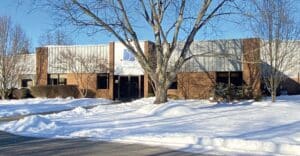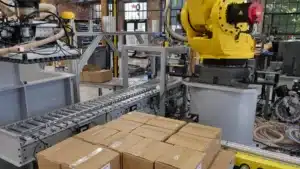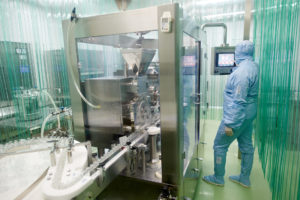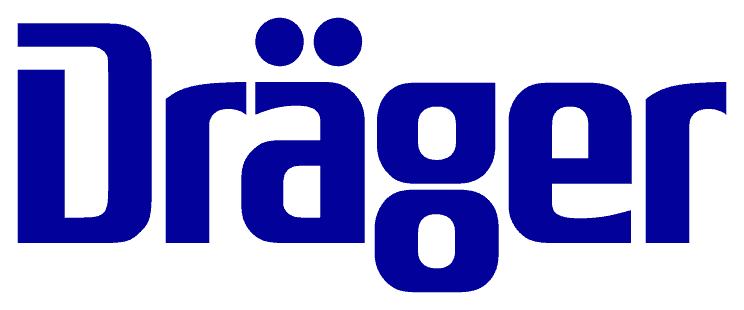Calibration, Verification, or Validation? What's the Difference?
We are often asked about the difference between calibration, verification, and validation. While they may seem similar, it is critical that you use the correct process or processes to ensure that your quality system meets all the necessary requirements.
Calibration
Calibration is the process of comparing an unknown quantity or value to a known quantity. A trained calibration technician will check the instrument at several points through its range and may make adjustments to bring the instrument into alignment with the standard if it is found to be out of tolerance.
All calibrations should be done using a traceable standard. Traceability means that the value of the standard can be directly traced back through an unbroken chain of comparisons to a national standard. These standards are coordinated by national metrological institutions, such as the National Institute of Standards and Technology (NIST).
Two levels of calibration that we offer at Cross are NIST Traceable and ISO 17025 Accredited. A NIST Traceable calibration is just that, a calibration that uses standards which can be traced back to NIST. An ISO 17025 calibration takes this a step further. When a laboratory says that they are an ISO 17025 Accredited laboratory, or that a calibration is ISO 17025 Accredited, it means that an accrediting body such as The American Association for Laboratory Accreditation (A2LA) has signed off on that lab’s procedures for calibrating specific equipment types within an approved range. All of the procedures that a lab has been signed off through an accrediting body are listed on their scope of accreditation. Take a look at our ISO 17025 scopes of accreditation.
Verification
Verification is a process that is done periodically to ensure an instrument is working as it should be and that any error in its measurement is still within tolerance for the application. Unlike calibration, this process does not involve making any type of adjustments. More importantly, verification may not require comparison against a NIST traceable master standard, it is simply a check against another piece of equipment to ensure the instrument is still working as intended.
For example, you may have a verification weight that you put on your balance each day to ensure it is reading correctly before using the balance. This isn’t a calibration, mainly because you aren’t checking the equipment over the entire range and because you aren’t making any adjustments to the equipment. Instead, you are simply ensuring that the instrument is working as intended.
Validation
Validation is particularly important in the life sciences industry, but has applications in other industries as well. Validation is the process of ensuring that all parts of a system are working together correctly to produce the desired outcome. A simple example is oven validation. You can calibrate and verify separate components such as temperature controllers, temperature monitors, and heating elements, but these components all work together in a system. This means you still need to confirm that the system functions correctly as a whole, ensuring that the oven is heating evenly throughout, at the desired temperature for the correct duration of time.
In any industry, specific procedures are written for validation protocols to ensure that the proper steps are taken and documented. In the life sciences industry, validation protocols are more formalized due to FDA requirements. These validation protocols know as IQ/OQ/PQ will include test parameters, product characteristics, production equipment, and decision points on what constitutes acceptable test results.
What is IQ/OQ/PQ? Installation Qualification (IQ), Operational Qualification (OQ), and Performance Qualification (PQ) protocols are critical in equipment validation for quality assurance.
- Installation Qualification protocols check that all parts of the system have been delivered and installed correctly. This also includes making sure that environmental conditions and services meet manufacturer specifications.
- Operational Qualification protocols ensure that the equipment performs as it should to meet the requirements of the application. During this phase, unit operation as well as all controls and alarms are individually tested and their operations documented.
- Performance Qualification protocols confirm and document that the entire system is performing as it should to produce the desired results. For a chamber or oven, testing would be performed loaded with product or a product surrogate.
How Can Cross Help?
In the field of metrology, there are many standards to follow to ensure reliable calibration or inspection. At Cross Precision Measurement, we are an ISO 17025 accredited calibration laboratory that adheres to standards set out by NIST (HB44), the National Conference on Weights and Measures (NCWM), the National Type Evaluation Program (NTEP), A2LA, and other relevant standards. With our experience and expertise, we can ensure you’re getting reliable, repeatable metrology results.
Since 1939, our Precision Measurement group has provided industry-leading technical expertise coupled with world-class customer service to manufacturing and other industrial operations in need of onsite calibration, product inspection, precision measurement equipment, and more. Our precision measurement and inspection teams have the knowledge and resources to help you reduce risk, improve quality, and increase efficiency throughout your entire process. With our extensive network of calibration labs across the Southeast and Midwest, we can ensure you’re getting the metrology services you need. Contact Cross Precision Measurement today
For more metrology definitions, check out our Terminology Glossary!








